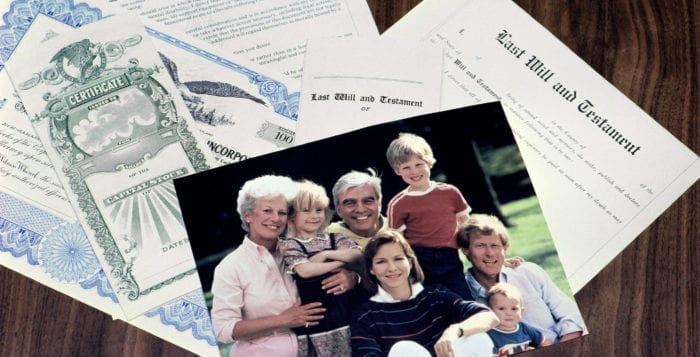By Nancy Burner, ESQ.

Being hyperfocused on avoiding probate can be an estate planning disaster. First, what exactly is “probate”? Probate is the legal process whereby a last will and testament is determined by the court to be authentic and valid. The court will then “admit” the will to probate and issue “letters testamentary” to the executor so that the executor can carry out the decedent’s intentions in accordance with the last will and testament.
That usually involves paying all funeral bills, administrative expenses, debts, settling all claims, paying any specific bequests and paying out the balance to the named beneficiary or beneficiaries. Avoiding probate can be accomplished by creating a trust to hold your assets during your lifetime and then distributing the assets at your death in the same manner and sequence as an executor would if your assets passed through probate.
Typically, this would be accomplished by creating a revocable trust and transferring all nonretirement assets to the trust during your lifetime, thereby avoiding probate at your death. Retirement assets like 403Bs, IRAs and nonqualified annuities are not transferred to revocable trusts as they have their own rules and should transfer after death by virtue of a beneficiary designation.
Retirement assets should not be subject to probate. The designation of a beneficiary is vital to avoid costly income taxes if retirement assets name the estate or default to the estate. The takeaway here is that you should make sure that you have named primary and contingent beneficiaries on your retirement assets.
If you name a trust for an individual, you must discuss that with a competent professional that can advise you if the trust can accept retirement assets without causing adverse income tax consequences. Not all trusts are the same.
Avoiding probate can be a disaster if it is not done as part of a comprehensive plan, even for the smallest estate. For example, consider this case: Decedent dies with two bank accounts, each naming her grandchildren on the account. This is called a Totten trust account. Those accounts each have $25,000. She has a small IRA of $50,000 that also names the grandchildren as beneficiaries. She owns no real estate. Sounds simple, right?
The problem is that the grandchildren are not 18 years of age. The parents cannot collect the money for the children because they are not guardians of the property for their minor children. Before the money can be collected, the parents must commence a proceeding in Surrogates Court to be appointed guardians of the property for each child. After time, money and expenses, and assuming the parents are appointed, they can collect the money as guardian and open a bank account for each child, to be turned over to them at age 18. The IRA would have to be liquidated, it could not remain an IRA and the income taxes will have to be paid on the distribution.
I do not know of a worse scenario for most 18-year-old children to inherit $50,000 when they may be applying for college and seeking financial aid, or worse, when deciding not to go to college and are free to squander it however they want.
If the grandparent had created an estate plan that created trusts for the benefit of the grandchild, then the trusts could have been named as the beneficiaries of the accounts and the entire debacle could have been avoided. The point is that while there are cases where naming individuals as beneficiaries is entirely appropriate, there are also times that naming a trust as beneficiary is the less costly option, and neither should be done without a plan in mind.
When clients have a large amount of assets and large retirement plans, the result can be even more disastrous. Consider the case where a $500,000 IRA names a child as a direct beneficiary. If a properly drawn trust for the benefit of the child was named as beneficiary, there would be no guardianship proceeding and the entire IRA could be preserved and payments spread out over the child’s life expectancy, amounting to millions of dollars in benefits to that child over their lifetime. If payable directly to the child, there will be guardianship fees and the $500,000 will likely be cashed in, income taxes paid and the balance put in a bank account accruing little interest and payable on the 18th birthday of the beneficiary.
The concern is that individuals are encouraged to avoid probate by merely naming beneficiaries but with no understanding of the consequences. At a time when the largest growing segment of the population is over 90, it does not take long to figure out that the likely beneficiaries will be in their 60s, 70s or older when they inherit an asset.
Thought must be given to protecting those beneficiaries from creditors, divorcing spouses (one out of two marriages end in divorce) and the catastrophic costs of long-term care. Whether the estate is large or small, most decedents want to protect their heirs. A well-drafted beneficiary trust can accomplish that goal.
Nancy Burner, Esq. practices elder law and estate planning from her East Setauket office.














